Introduction
As a group ‘standard’ lenses are versatile and rightly popular and as a result Nikon and third-party rivals offer a very wide choice. Within this group, we’ve looked at 35 models over the range of 40mm to a maximum focal length of 135mm. For the sake of clarity, we’ve divided that group into sections where we have reviewed eight primes between 40 and 50mm, 16 moderate telephotos with a focal length of between 70 to 135mm and then 11 zooms.
Image Quality Overview
50mm lenses
If you’re looking for a ‘normal’ lens, one that approximates the field of view of the human eye (although the technical definition describes a lens with a focal length close to that of diagonal of the picture frame) then look no further than the Sigma’s 1.4 EX DG. It is the dearest of the trio at the top and is highly regarded for its image rendering, especially defocused areas. However, Nikon’s AF-S Nikkor 50mm f/1.4G scores similarly and is $50 cheaper.
One particularly interesting point to note of is that mounted on the D600, the first five in the list achieved exactly the same DxO Mark score as they did on the higher pixel count D800, and the other two achieve a DxO Mark score of just 1 point less on the D600 than the D800.
This proves that despite the lower pixel count the D600 can achieve similar results to the far pricier D800.
If budget is a concern then Nikon’s older f/1.4D (AF-D) model is an option. It lacks the SWM type internal motor of the newer AF-S version but is available for substantially less.
Perhaps the best budget choice is Nikon’s f1.8D model. It also lacks an internal AF motor but at $134 (on average) and a DXO Mark score of 31, it shouldn’t be overlooked.
Moderate telephotos
With the recent updates to the optical design and addition of SWM (ultrasonic type) AF motors, the Nikon AF-S 85mm lenses are very tempting. They also top our database as the highest performing lenses on the D600, both scoring 40 points.
Like the ‘normal’ lenses (above) when mounted on the D600, the first four in the list achieved exactly the same DxO Mark score as they did on the higher pixel count D800, and most of the others achieve a score of just 1 point less.
As for Sharpness, the 85mm f/1.4 Nikkor scored 22M-Pix on the D800 vs 20M-Pix on the D600 however the f/1.8 achieved exactly the same score of 19P-Mpix as did the Zeiss Makro-Planar with 17-P-Mpix.
If the budget can’t extend to Nikon’s $2,199 AF-S Nikkor 85mm f/1.4G, then the new f1.8G at a more accessible $690 is a sound choice. Except for the faster maximum aperture and more durable build, it has similar features and is close in performance.
The Samyang 85mm f/1.4 Aspherical IF also stands out for its optical quality and rock-bottom price ($328), but bear in mind this lens is manual focus only.
Standard Zooms
Nikon’s AF-S Nikkor 24-70mm f2.8G ED is the best performing of the zoom models tested due its consistent performance throughout the range of focal lengths. But, don’t overlook the new Tamron SP 24-70mm f/2.8 VCD. That model achieves the same score overall and is both cheaper and lighter and boasts image stabilisation, a feature sorely missing off the Nikkor.
Both the Nikkor 24-70mm f/2.8 and Tamron have similar Lens Metric scores with the exception of the Nikon which has high levels of chromatic aberration throughout the range except at 70mm. The upgraded Nikkor 24-85mm f/3.5-4.5G ED has lower sharpness overall and still quite high levels of CA but the addition of VR (image stabilisation) and smaller size not to mention the $599 ticket makes this attractive.
Also worth considering is the AF-S Nikkor 24-120mm f4G ED VR. With a DxOMark score of 22 that lens has good image quality plus VR and a much greater reach for head and shoulder portraits.
Conclusion
With improving sensor performance makers are now concentrating on designing lenses to compliment. It’s quite clear that many of the older mid-range film-era lenses can no longer keep pace that though the higher-end lenses of the same period can still be up to the task.
Choosing newer models will reward the user with the sharpness levels that are expected from a high-resolution sensor such as that adopted by the Nikon D600.
In fact, the results reveal the sensor to be capable of maximising the potential of any lens fitted to it, while in some cases offering the equivalent level of sharpness when using the same lens mounted on the Nikon D800.
This reinforces the fact that if you’re on a budget, and don’t need some of the other features of that model, the Nikon D600 is a superb choice.
General Overview
Wide Angles and Telephotos
Standard zooms and primes
With a DxOMark score of 94 the camera came just behind the firm’s D800 and D800E in our sensor scores. Priced at around $2,100, about $900 less the Nikon D800, for enthusiasts the newer, lower-resolution D600 maybe the best balance between image quality and value for money.
We’ve tested and assimilated the data from a wide range of lenses numbering 70 in total to see which lenses perform best overall, bearing in mind the different imaging characteristics of the 24Mpix sensor in the D600. Like the other reviews in the series, the aim is to help readers maximize the potential of their camera and offer advice and recommendations when buying lenses.
As we’ve demonstrated with comparisons between the Nikon D800 and rival Canon EOS 5D Mk III, the quality of the lens influences the performance of the sensor.
We will reveal that when paired with certain high performance lenses, the lower resolution Nikon D600 can achieve results that are very close to that of the Nikon D800. With few real concessions to image quality, a smaller file size and lower initial purchase price, the D600 may be the better all-round choice for photographers on a budget.
We’ve tested 72 different lenses with the D600 including those made by Nikon, as well as third-parties such as Sigma, Zeiss, Tokina and Tamron. Of those, we’ve measured 42 primes ranging in focal length from 14mm to 150mm. Wide and ultra-wide lenses total 19 different models, and we’ve assessed 22 standard and short telephotos including macro-types.
Top 10 performing prime lenses we’ve tested:
Of the 32 zooms we’ve tested on the Nikon D600, seven are wide-angle, nine fall in the standard category and a further seven models are telephoto zooms, including three super-zooms.
Top 10 performing zoom lenses we’ve tested:
Results overview of Nikon D600 vs D800 vs D3x
While the Nikon D800 sit at the top of DxOMark database with regards to sensor scores and P-Mpix (Sharpness), if we dig a little deeper with the DXOMark body and lens combination scores some interesting results are revealed.
Each camera achieves its best score with a specific lens:
- Sigma 35mm F1.4 DG HSM A Nikon for Nikon D3x and Nikon D800
- Nikon AF-S Nikkor 85mm f/1.4G for Nikon D600
Although the D800 has a much higher pixel count, the sharpness gap is not as large as expected. However, while a high-quality lens can maintain this benefit in sensor higher pixel count, a poorer performing lens can erode that advantage. The 72 lenses that were tested on the Nikon D600 were also the same lenses tested on the D800 and 24-MPix D3x.
D600 vs D3x sharpness comparison: Tie
Given the pixel count that’s hardly surprising though there are other factors that might affect the sharpness, such as the AA filter, for instance. The scores are close enough to suggest there’s no difference in AA filter between the D600 and D3x
D600 vs D800 sharpness comparison: only few lenses provide higher sharpness on D800.
When the results are averaged out across the complete sample of lenses, the overall sharpness figures measured in P-MPix matches that of the D800.
In fact, there are only a few lenses that deliver higher sharpness mounted on the Nikon D800 and even then the best performing lenses provide just 12% higher sharpness from a 30% increase in Raw file size. Given the price, this all makes the D600 look particularly attractive.
 |
 |
 |
 |
| Sigma 35mm F1.4 DG HSM A Nikon | 899 | 23 | 19 |
| Nikon AF-S NIKKOR 70-200mm f/2.8G ED VR II | 2699 | 20 | 17 |
| Nikon AF-S NIKKOR 28mm f/1.8G | 699 | 21 | 18 |
| Nikon AF-S NIKKOR 70-200mm f/4G ED VR | 1399 | 21 | 18 |
| Carl Zeiss Distagon T 25mm f/2 ZF.2 Nikon | 1700 | 22 | 19 |
| Nikon AF-S Nikkor 85mm f/1.4G | 2199 | 22 | 20 |
DxOMark score D600 vs D3x vs D800
If we take into account every IQ aspect and have a look at the lowlight performance, the D600 scores very well too: registering the same best and overall score as the D800. Sensor improvement explains the significant gap between D3x result and D600 results:
The best lenses for the 3 cameras are the same:
- Nikon AF-S Nikkor 85mm f/1.4G , Nikon AF-S NIKKOR 85mm f/1.8G
- The Sigma 35mm F1.4 DG HSM A Nikon is very close
Conclusion
Taking the sharpness into account, there’s a lot less between the D600 and D800 than one might think by looking at pixel count alone.
Sharpness capture is only a part of the equation however. While the D600 is tempting in that respect there are plenty of other benefits of choosing the D800 over the more affordable D600, including the 51-point AF system, semi-pro construction (including a more durable shutter) and the choice of CF and SD cards to name a few. Be that as it may, there’s no denying the D600 is a attractive alternative, especially if on a budget.
Stay tuned for the other part of the series where we’ll discuss standard (or normal) lenses, and then in our third and final part, wide-angles and telephotos.


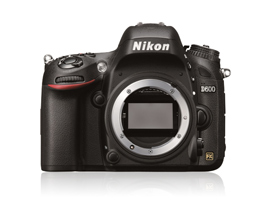
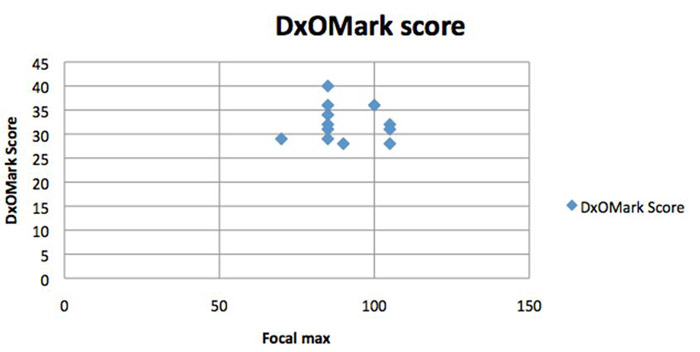

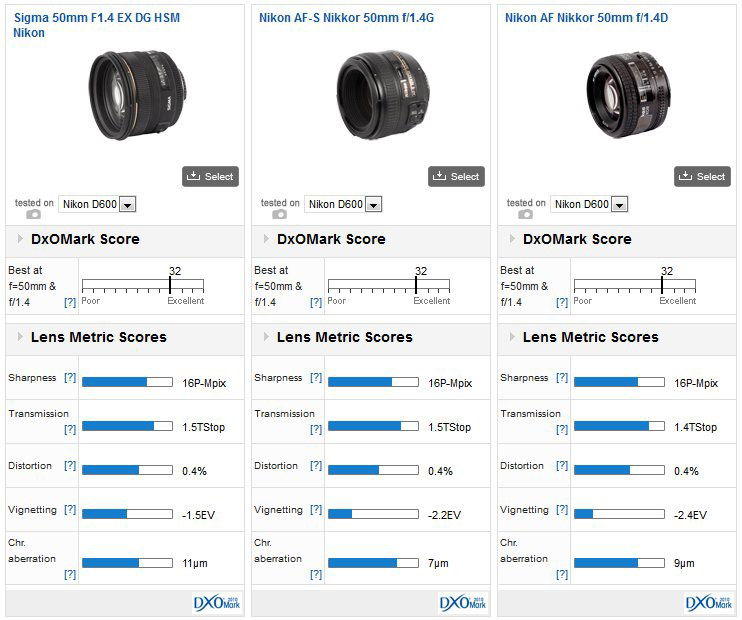
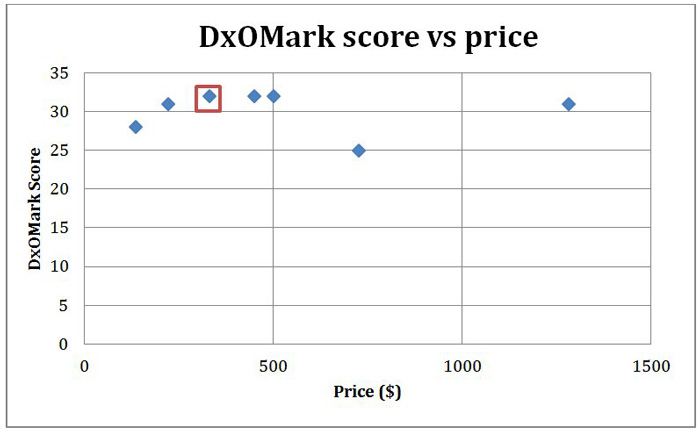
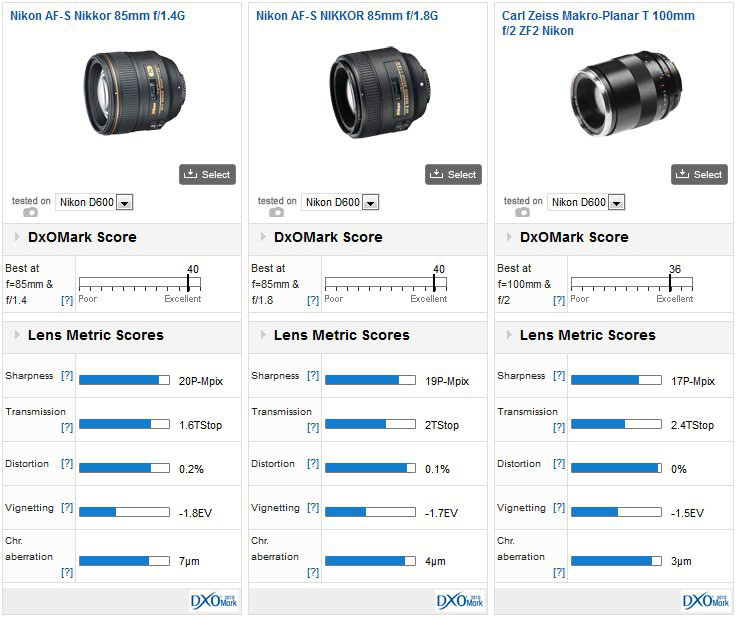
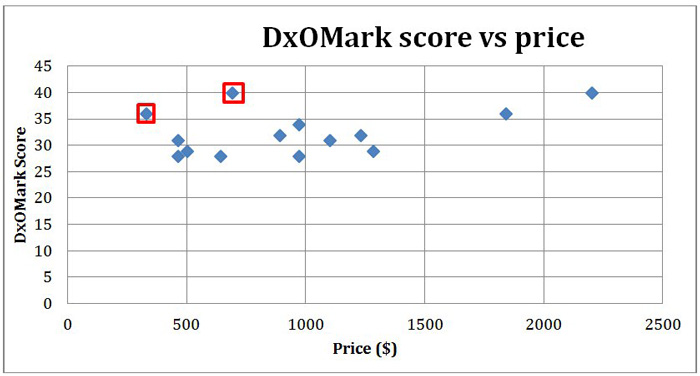
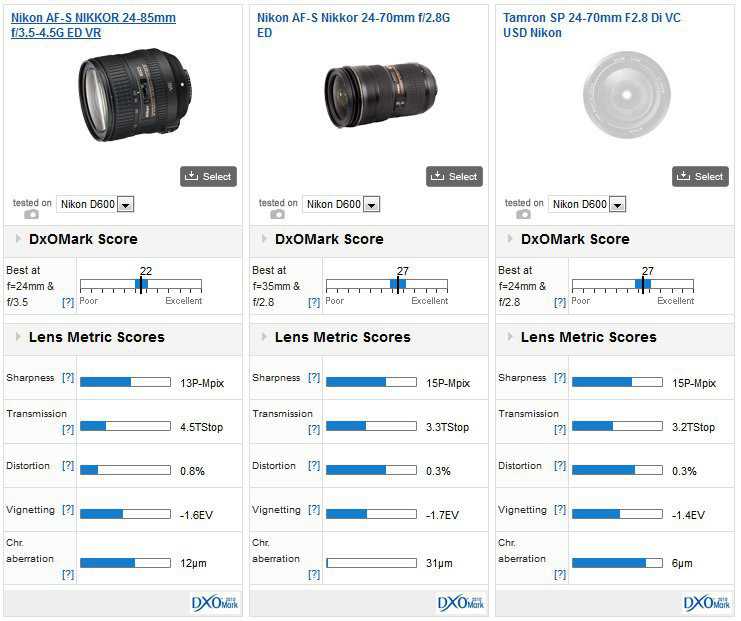
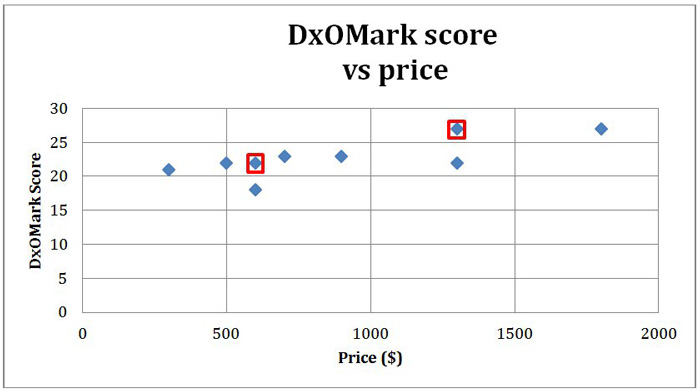

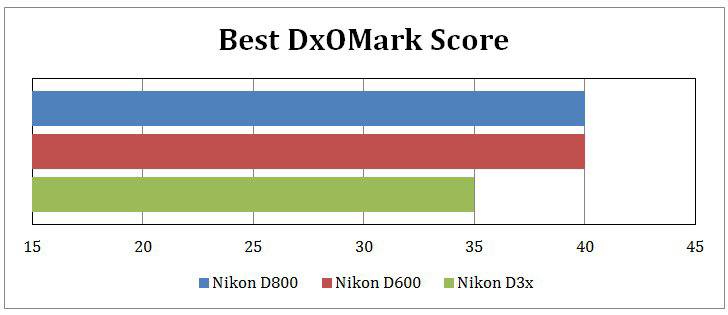
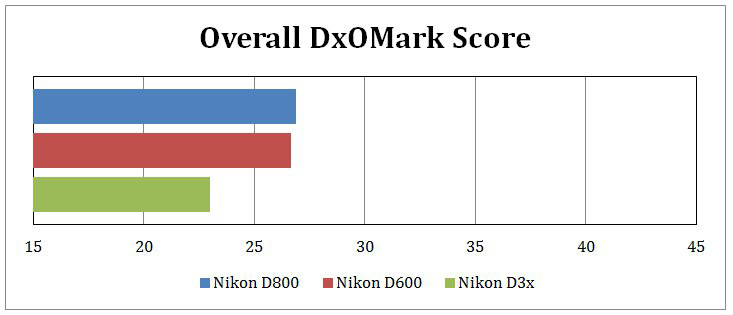
DXOMARK encourages its readers to share comments on the articles. To read or post comments, Disqus cookies are required. Change your Cookies Preferences and read more about our Comment Policy.